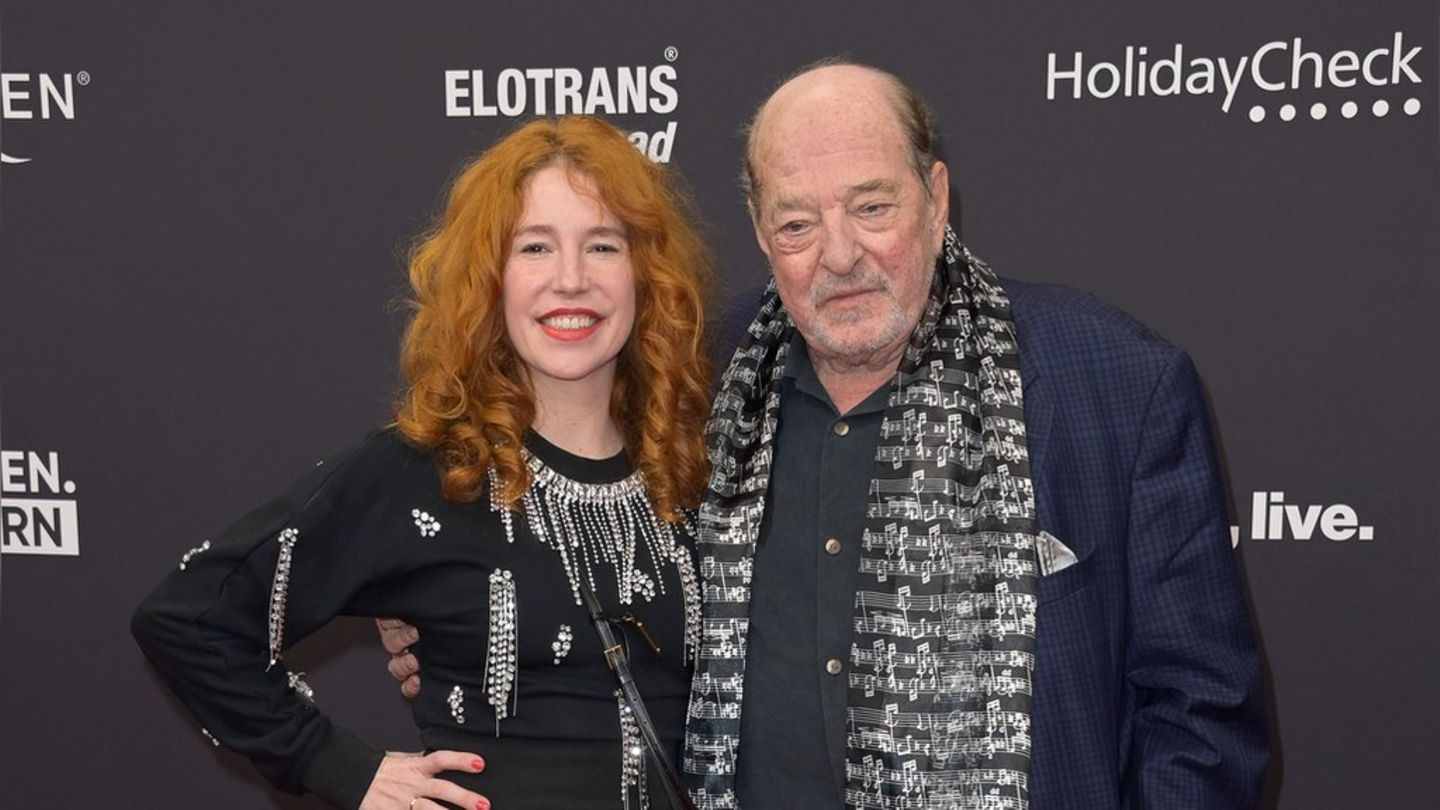Each investor has its profile, each profile accepts a certain level of risk, and each level of risk should assign to the portfolio an adequate proportion of speculative assets. Let’s see how much …
During youth, investors usually feel they have all life ahead: The risk does not seem to import and, in general, the capital invested is discreet.
With the passage of time already measured, they arrive, they arrive The house, the car, the family and more expenses. In that context, we begin to take more care of our capital and, therefore, we tend to become more conservative.
Finally, when reaching more advanced ages, Risk stops interest: The temporal horizon is short, and a market drop can generate headaches that, with the completely white hair, we prefer to avoid. While a rabbit can run faster, many of us opt for The turtlethat progresses slower but arrives safe at the end of the race.
From this generalization a central concept in finance follows: Risk aversion. This idea seeks to measure how much rejection we feel at risk when investing, and statistically intensifies as life progresses.
Investments fixed term
Depositphotos
Are you conservative, moderate or aggressive?
Who recognize themselves as risky investors They usually ignore fixed income assets and guide their wallets towards speculative actionsadopting styles such as Swing Trading.
While some arm portfolios 100% for variable incomea key consideration is to maintain a insured position: either with a non -volatile asset, a background or bonus adjusted by inflation, or even some liquidity. Being 100% invested all the time can limit the ability to take advantage of opportunities, since, given a new possibility, the only alternative is to sell another position. That was what happened to many in April 2025during the casualties caused by the commercial war.
The intelligent trader, with available liquiditycould take advantage of that decline and buy QQQ, Spy, NVDA, among others, after 30%falls. And if you are reading this, you probably lived it.
A final fundamental idea for these more aggressive and short -term profiles is the use of Stop loss: A loss threshold that the investor is willing to accept when the investment does not behave as expected. Cutting in time allows you to get caught in actions that do not stop falling.
At the opposite end is the Conservative profile. The most conservative investor does not take positions for variable income. Prefer to get Minimum returnseven below inflation, in exchange for avoiding any possibility that things do not come out as waiting. The Risk aversion is total.
The American Treasury Bonds (T-Bills) They are one of the most typical alternatives. So are bonds issued by Japan, Germany or other countries with a good payment history. These wallets usually also include corporate bonds of large multinationals that practically ensure the repayment of capital and interest.
This type of portfolios is common in the management of large assets, under the approach known as “Legacy” either “Wealth Management”where investors prioritize the stable flow and the Capital preservation In the long term, without interest in following the market.
At a midpoint is the Moderate profilewhere we possibly locate ourselves. This type of investor diversifies its portfolio with a portion for Fixed income either Value actions that contribute stability, another part to medium term with growth actions, and a small fraction destined to active trading.
This distribution is the most suggested by the books, although then each will assign different proportions according to their Risk appetite.
The most aggressive will not want liquidity or fixed income, but I insist on the importance of avoiding Over-operation And the temptation to be buying and selling all the time, falling into the statistics that show that the majority does not achieve good results.
How would you react in a bearish market?
To close, I propose to look at the last 20 years of the S&P 500where the fall is clearly observed by the Bubble .com In 2000, the Subprimal crisis In 2008 and, closer over time, the decline of the Covid in 2020.
I invite each reader to remember how he lived those moments if he already invested, or imagine how he would have felt in 2008 or even before. What would you face two consecutive years of bearish markets?
In conclusion, it is important to make an honest analysis about How much experience do you have in the market and How many crises have you gone throughto know if you are really prepared to keep your capital invested during long bearish cycles. Because the market is cyclicand another great bearish cycle, sooner or later, It will arrive.
Creator of “Doctor of Your Finance” and Independent Financial Advisor.
Source: Ambito
David William is a talented author who has made a name for himself in the world of writing. He is a professional author who writes on a wide range of topics, from general interest to opinion news. David is currently working as a writer at 24 hours worlds where he brings his unique perspective and in-depth research to his articles, making them both informative and engaging.




